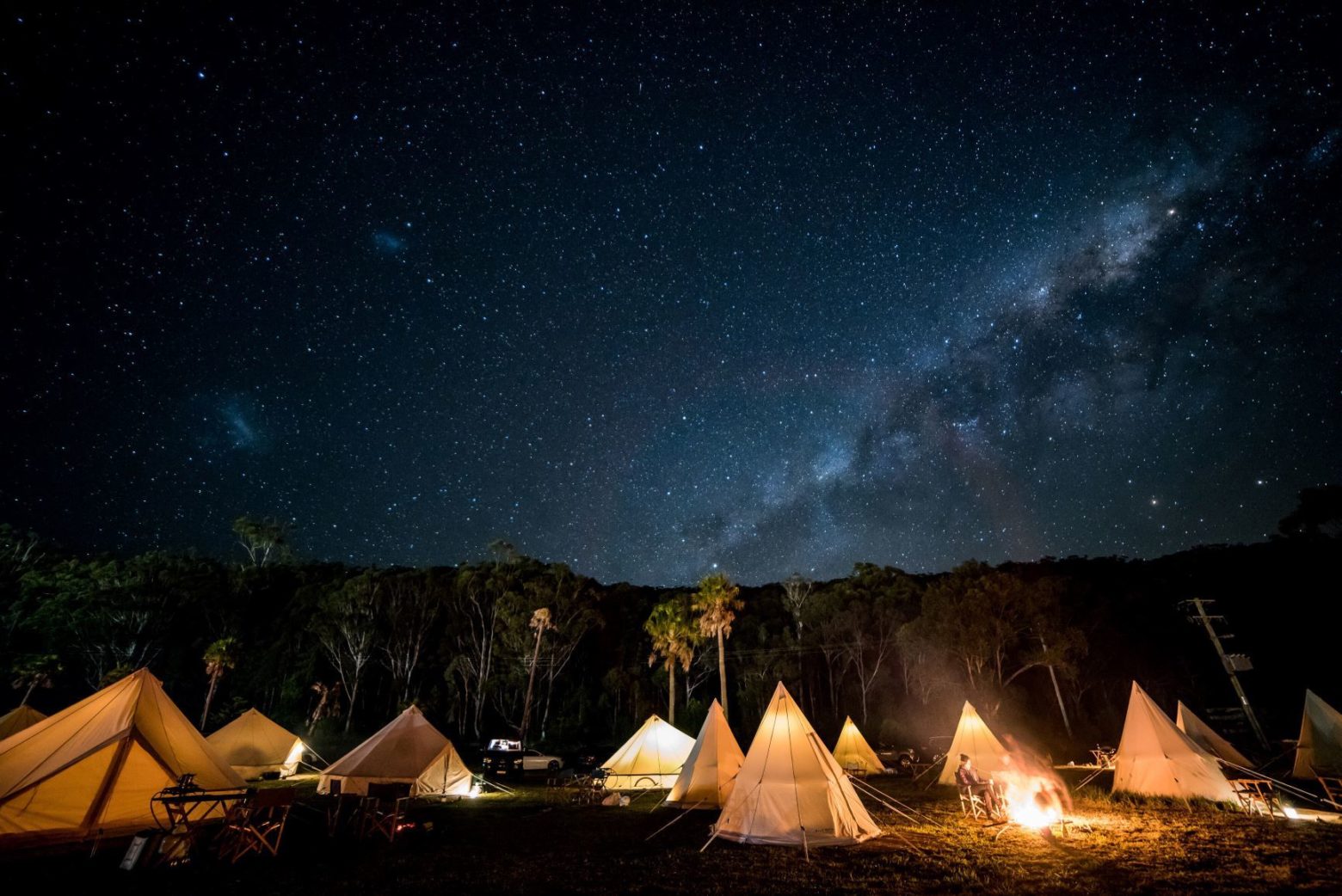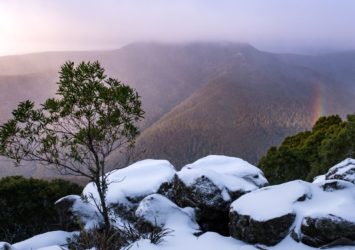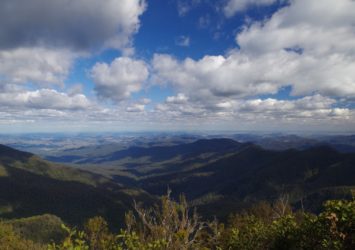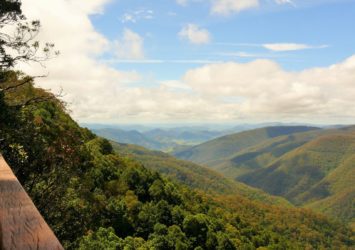Did you know that not all views of the Milky Way are created equal?
Barrington Tops is the perfect location for stargazing, satellite spotting, comet watching or taking a front row seat to a spectacular meteor shower. The Barrington Tops parklands cover 125,000 hectares of dark sky wilderness providing the perfect back drop to observe the night sky of the Barrington Coast.
Dark sky gazing in Barrington Tops offers huge rewards for those with patience, a tripod and the right app on their mobile device.
If you're heading to Barrington Tops the best approach is via Gloucester on the eastern side, stop for fuel, provisions, a coffee or a meal on your way through.

The best views of the Milky Way are in the southern hemisphere, especially around the latitude of Barrington Tops.
Exploring celestial wonders intrigues both the young and old, and can be done any time of year when the skies are clear. An age-old tradition is to simply spread a rug on a comfy bit of lawn or ground then lay back and wonder at all the heavenly bodies above. Bliss!
If you’d like to photograph what you see, it’s a whole new world of skills you’ll need. The good news is that there are apps for your smartphone that can make you a night sky pro almost overnight (pardon the pun). So all you’ll need is a tripod, your device and some patience to get it right.
Where to take a rug and a pillow or maybe a tent (latitude shown in brackets):
High on the Barrington Tops plateau try these locations:
- Polblue Picnic Area (-31.95)
- Devils Hole Lookout (-31.91)
- Thunderbolts Lookout (-31.91)
- Gummi Falls Campground (-31.90)
- Manning River Campground (-31.87);
The best spots of course are in the darkest and wildest heart of Barrington Tops wilderness. You’ll need a 4WD plus hiking boots for these:
- Junction Pools Campground (-32.03)
- Careys Peak (-32.05).
Down the plateau closer to town near Gloucester try these two-wheel-drive friendly spots:
- Rocky Crossing on the Barrington River (-32.04)
- Woko Campground on the Manning River (-31.80)
- Carsons Lookout on Thunderbolts Way (-31.65) heading up towards the New England tablelands.
Southern Cross
Once you're there, what's to look at?
Let’s start with Australia’s most well-known star symbol, the Southern Cross, which appears on our national flag. And yes New Zealanders, we know that it’s on your flag too, plus the Brazilian flag and the flags of Papua New Guinea and Samoa!
Officially the Southern Cross is an asterism (= visually obvious collection of stars) and is also known as the Crux constellation which was once part of Centaurus, however it is now mapped separately. Fun fact: Crux (the Southern Cross) is the smallest constellation.
And why is it important? Well, like the Big Dipper of the northern sky, the Southern Cross indicates the location of the pole and as such is often utilized by navigators. The longer bar of the Southern Cross points almost exactly toward the south pole of the sky. So now you'll never get lost at night as long as you can see the Southern Cross.
Milky Way
The centre of the Milky Way galaxy is in the constellation Sagittarius which is best seen around minus-30 degrees latitude. This means the best views are in the southern hemisphere…. especially around Barrington Tops.
The lack of light pollution around the Barrington Tops parklands makes the region perfect for seeing an extraordinary sight: the galactic centre visible directly overhead. Anybody from the northern hemisphere or from our Australian cities… prepare to be astonished!
Australia’s first astronomers
Astronomy didn't start with the Greeks. Thousands of years earlier Aboriginal people scanned the night sky, using its secrets to survive the Australian landscape.
Unlike Greek celestial tradition, which focuses almost exclusively on stars, Aboriginal astronomy focuses on the Milky Way and often incorporates the dark patches between stars. The Emu in the Sky, a story common to many Aboriginal groups, is an example of this - its body is made up of the dark patches in the Milky Way. The Boorong people saw the same dark patches as the smoke from the fires of Nurrumbunguttias, the old spirits. The Kaurna people saw the Milky Way - called Wodliparri or hut river - as a large river where a Yura (monster) lives in the dark patches. To the Ngarrindjeri people, the dark shape formed by the Southern Cross is the stingray Nunganari and the pointers are Ngarakani, or sharks.
(Information courtesy of ABC Science - Beginners Guide to the Night Sky by Maryke Steffens www.abc.net.au)





